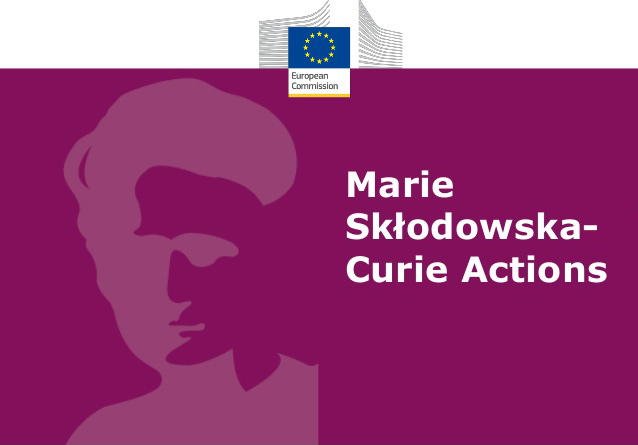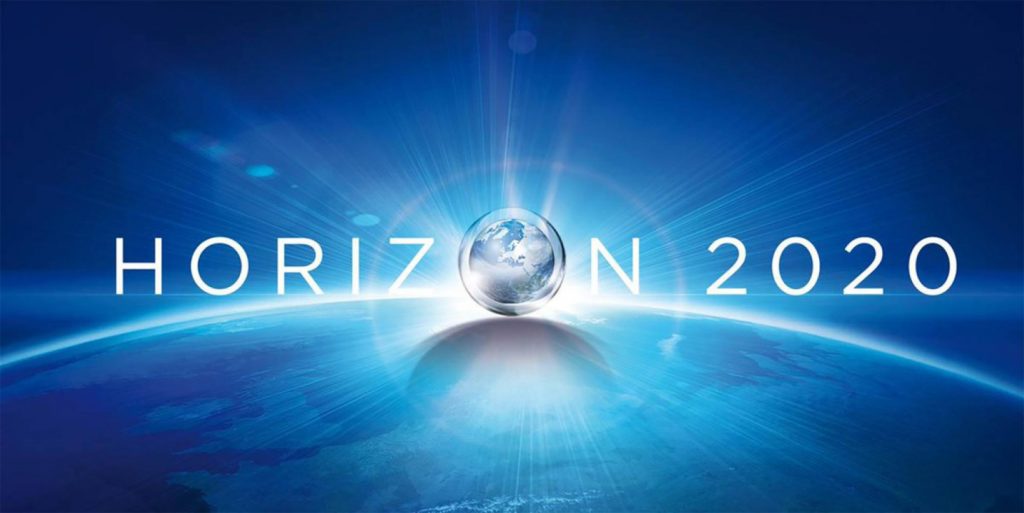Funding: European Union, Marie Skłodowska-Curie Individual Fellowships, Horizon 2020 Programme (Grant Agreement 795905)
Partners: IMDEA Materials Institute
Project period: 2018 – 2020
Project Coordinador: Supervisor: Dr. Rubén Costa (ruben.costa@imdea.org); Fellow: Julio Jacinto Fernández Cestay (julio.fernandez.cestay@imdea.org)
Light emitting electrochemical cells (LECs) are key devices in the future development of lighting technologies as they are
much more competitive than OLEDs from an economic/manufacturing point of view. In addition, the compatibility of LECs
with metal free electrodes allow the design of flexible/printable/customizable devices. Despite their potential to overcome the
OLEDs, this technology has been limited by the sparse number of emissive complexes that have produced good performing
LECs and the prize of them. Besides, these good performing LECs are limited to the yellow/green spectral region.
The use of Cu-iTMC in LECs technology is a promising approach to access to cheap and easy to manufacture LECs that
cover the whole Visible-NearIR region. However, Cu-iTMC show an inherent lack of stability that inhibits their
implementation. We propose the synthesis of mesogenic Cu-iTMC to enhance their stability. Besides, this will be the first
incursion of Cu-iTMC in the design of flexible/printable LECs. From the other side, while circular polarized (CP) devices are
crucial in display technology and there are a good number of CP-OLEDs, there are no precedents of CP-LECs. In this
proposal, we also establish a simple and approachable strategy to design the very first family of intrinsically polarized LECs.
In summary, we present synthetic routes and chemical tools to prepare functionalized Cu-iTMC that will be used in the
manufacture of a whole new generation of LECs with a) High stabilities b) Polarized emission b) Flexible mechanical
properties.
Funded by



